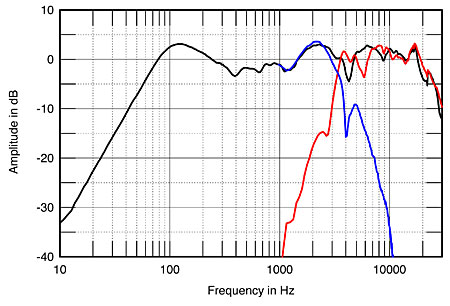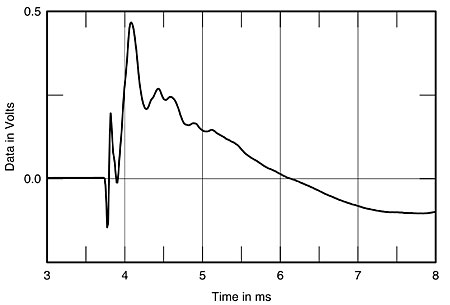| Columns Retired Columns & Blogs |
Is it worth trying to use my amazing old 15 ohm monitors with a new Panasonic SC-PMX70 (3 ohm) or should I just stick to the speakers provided?
I moved to Peru and will hold off on buying a "proper" audio setup til I go back to the First World...











































